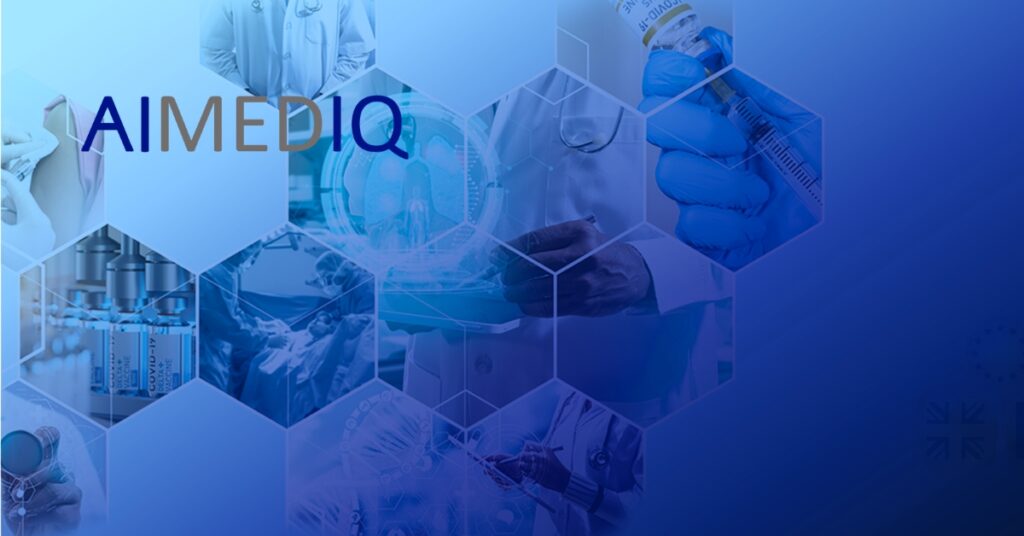Mike, you’re one of the driving forces behind AIMEDIQ. What inspired the idea?
Having worked in Regulatory Affairs, I know that maintaining compliance with regulatory requirements is both time-consuming and prone to errors. My experience testing commercially available LLM tools was unsatisfactory due to the missing ability to verify the source of an LLM response – a critical issue when demonstrating compliance. You can’t just say, “the requirement came from the AI” or “the AI told me.” In February 2024, a conversation at a private event sparked a valuable idea.
What was the biggest pain point you wanted to solve for MedTech companies?
Globalisation increases the complexity of regulatory compliance in life sciences. I’ve observed new product development projects fail at validation (or conformity assessment) due to overlooked regulatory requirements – for example, a missed update of an IEC standard at the design input stage. Development engineers and regulatory staff must coordinate on requirements, given the challenges posed by country-specific standards and horizontal cross-regulations such as the AI Act, GDPR, Cybersecurity, REACH and RoHS II. Quickly identifying relevant requirements and their sources during the design input phase is essential.
In your words: What is Regulatory Intelligence, and why is it so relevant right now?
Regulatory Intelligence refers to the ability to understand and anticipate your actions for a given (intended) purpose during the lifecycle of a medical device or management system.
With regulatory requirements evolving at an accelerated pace and various transitional provisions becoming increasingly complex, it is essential to access reliable information efficiently from a single source. Managing multiple information sources (such as websites, RSS feeds, and PDF-based standards) manually can be resource-intensive and time-consuming for employees. There is a genuine risk of overlooking relevant information.
What makes AIMEDIQ stand out compared to manual tracking or other tools?
AIMEDIQ manages regulatory information as a controlled database. The language model retrieves data from this database and provides a human-readable summary, including direct access to the original sources – and even highlights the most relevant information first. Additionally, users can upload licensed content or standard operating procedures. Sensitive information is stored within the individual customer tenant, and servers are located in the European Union.
Who is AIMEDIQ designed for, and how does it help in their daily work?
Development engineers, quality and regulatory affairs managers, auditors, management, even authorities and consulting agencies. There are no limitations regarding who can benefit from using AIMEDIQ. This is why we have decided to offer unlimited queries and no restrictions on the number of users per customer.
What are the next steps?
The next step is to continue onboarding customers during the pilot stage in order to gain valuable feedback regarding usability, content scope and specific customer preferences.
Looking ahead: where do you see AIMEDIQ in 1–2 years?
By collecting valuable feedback from the pilot stage, we aim to develop AIMEDIQ into a product that benefits all life science industries – including MedTech, Pharma and Biotech – and is used by various economic operators, from competent authorities and consulting agencies to notified bodies, manufacturers and more.
Any final thoughts for MedTech teams feeling overwhelmed by regulatory pressure?
Make your life easier – use AIMEDIQ. Or, to quote Malcolm Werchota from his presentation at Swiss Medtech Day 2025:
“Stop being an AI caveman.”
Interested in a live demo? Drop us a mail via aimediq.eu@eumediq.eu.

